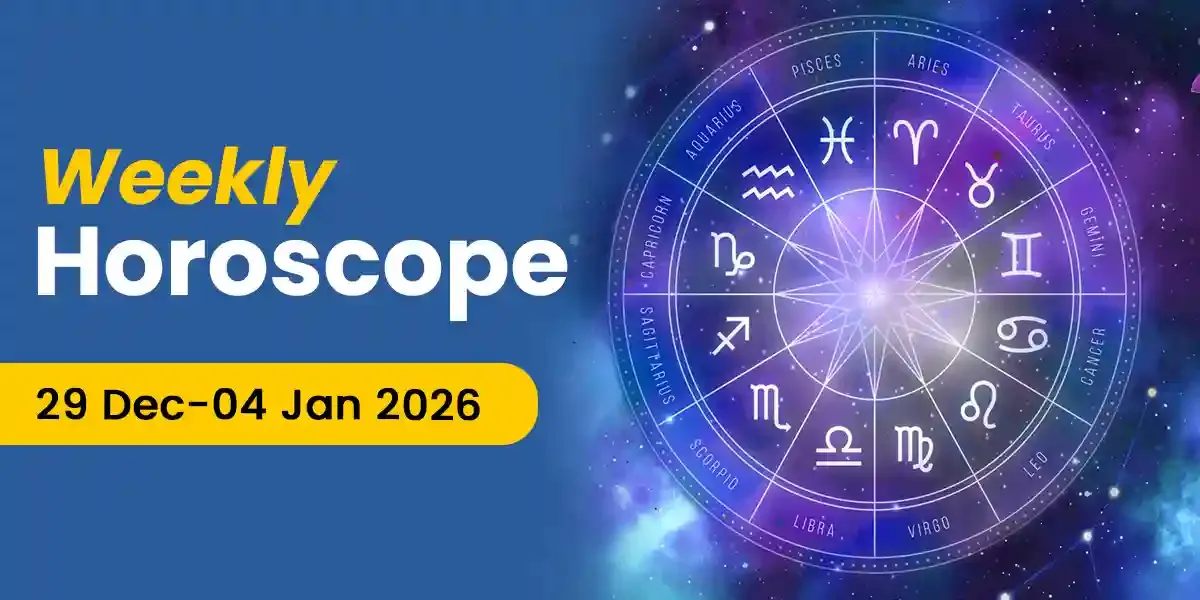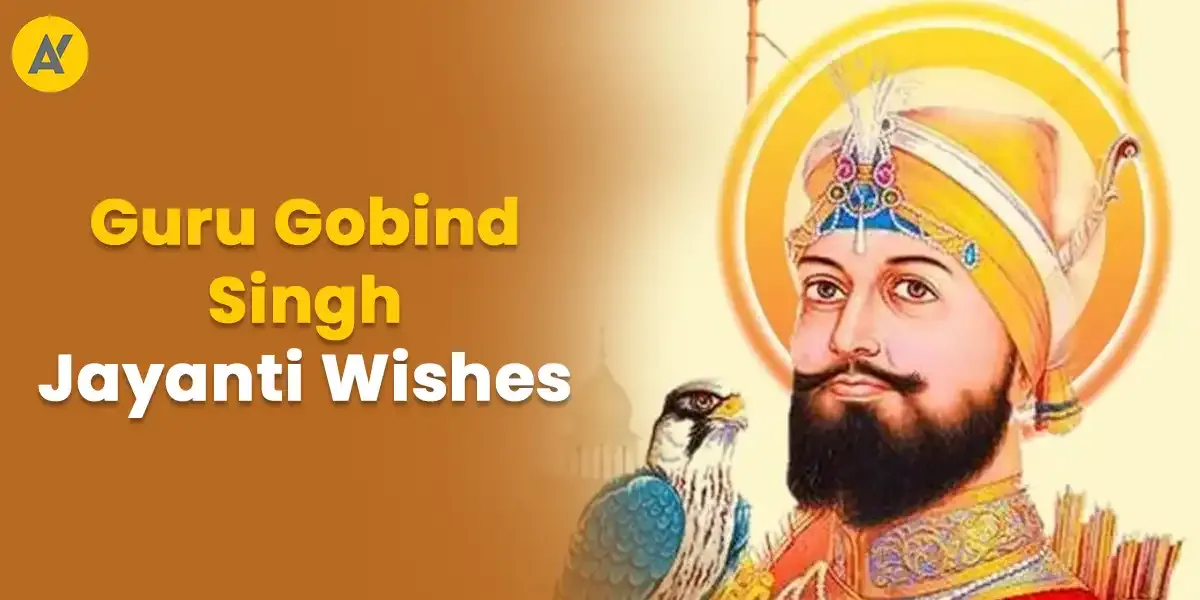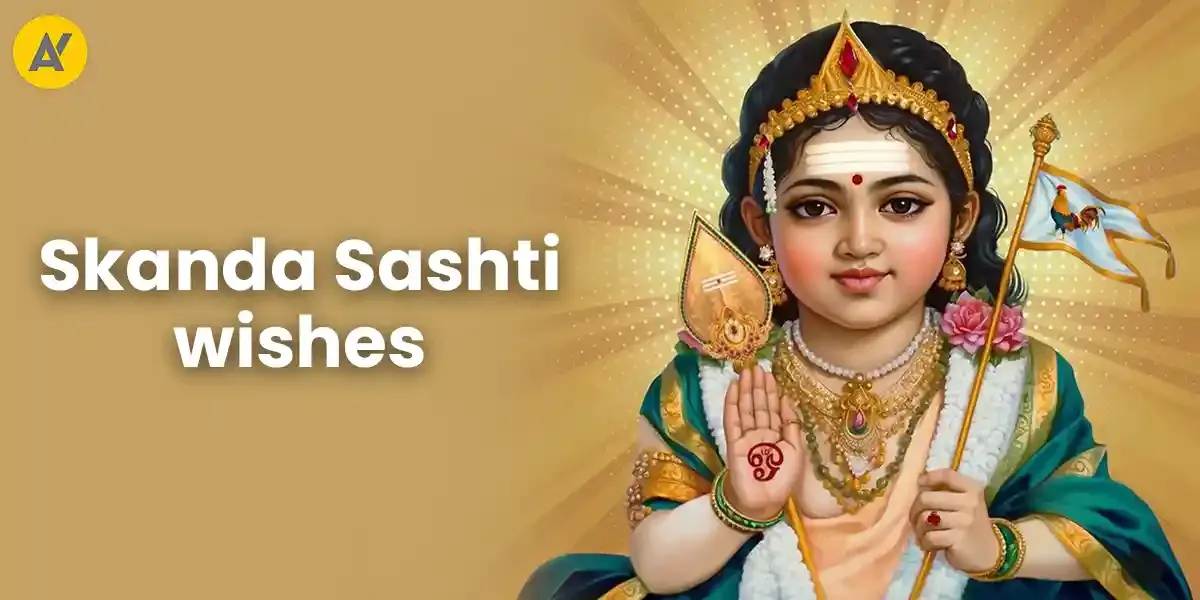
You must have attended schools and colleges and enjoyed the periods that were a part of your daily school routine back then. Have you ever waited for the games period or the period of your favourite subject? Or did you ever wish that the period of the subject you hated got over rapidly or the teacher went absent?
Talk to best astrologers in India on Astroyogi. Click here to consult now!
You must be wondering about the relevance of these questions with respect to the study of astrology. So why are we discussing the time periods at all? Because the topic at hand, namely, planet dashas, are directly related to time periods.
The term ‘dasha’ refers to the periods of time in which a particular planet holds a certain position. These planetary positions are responsible for the positive and negative impact that a planet has on the different aspects of life.
These aspects of life are determined by the signs that have the planets as their lord and also the houses that are governed by the different planets. The effects of the dashas of the various planets may vary depending on the strength and position they hold over the signs and in the houses in the horoscope charts respectively.
What are the different systems of dashas?
It is believed that the ancient sage Parashara who is also known as the father of Vedic astrology, created multiple systems of calculating these dashas with a total count of forty-two. But out of these 42 systems of dashas, only two are known today as the “Vimshottari dasha system” and the “Ashtottari dasha system”.
These dasha systems follow different principles and the most popular one is the “Vimshottari dasha system” that is usually used by the astrologers to calculate the periods of various dashas of the planets.
These dashas are formed when the planet is either at its strongest, like in full exaltation when it which is referred to as “Poorna Dasha” or at its weakest point, when it has no power at all, and this is referred to as “Rikta Dasha” of the planet. During the poorna dasha period, you get blessed with wealth and prosperity while the rikta dasha period produces undesirable results for you.
As per the Vimshottari dasha system, the life expectancy of an individual is estimated at 120 years. The term “vimshottari” is the Sanskrit term for the number 120 and it is believed that this is the sum total of the years for the dashas of all the planets to occur.
Different planets have different time periods for the occurrence of the dashas such as:
7 years for Ketu
20 years for Venus
6 years for Sun
10 years for Moon
7 years for Mars
18 years for Rahu
16 years for Jupiter
19 years for Saturn
17 years for Mercury
The dashas fixedly occur in the above set pattern but unfortunately no ancient text survives to explain the reason behind this pattern of planetary periods or why the number of years are different for each planet.
Why is the placement of Moon so important in the Vimshottari dasha system?
One of the significant points associated with the dashas is the placement of the moon in the horoscope chart and the nakshatras. If the moon is placed strongly in your birth chart, then it may result in the occurrence of the mahadasha of a particular planet that will bring health, wealth and happiness to your world.
Consult best astrologers on Astroyogi astrologer app to resolve love related issues. Download Now.
On the other hand, if the moon holds a weaker position during the dasha period of a particular planet, then it will drain the strength of that planet and will not give you favourable results.
To know more about the importance of the moon and the details of the different dashas, you must contact an expert astrologer who will clear all your doubts about dashas and mahadashas and explain the various concepts associated with it.
Raed About : What Do You Mean By Good And Bad Phases in Life?
Our in-house team of writers comprises of vibrant, like-minded, and curious souls who are passionate about helping people find joy and motivation through the magic of words. Our writers are keen on using their skills to make the study of divination sciences a guiding tool in people's lives. They hold expertise in writing on a myriad of topics related to Indian Astrology, Spirituality, Planetary Movements, Vastu Shastra, Numerology, and Tarot among several others. The Astroyogi team aims to write articles that can help the readers lead a life of peace and tranquility whilst enjoying the many ups and downs of life!



































